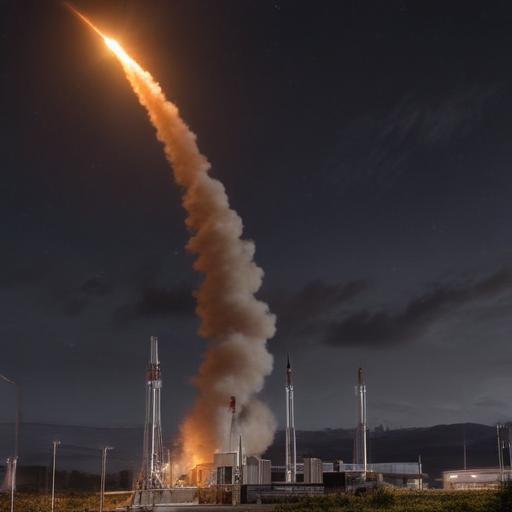SpaceX is set to night-launch the X-37B space plane for the U.S. Space Force, carrying Boeing-built hardware on the eighth flight of the orbital transfer vehicle (OTV-8). The Falcon 9 rocket will lift off from Launch Pad 39A at NASA’s Kennedy Space Center in Florida on Thursday, August 21, at 11:50 p.m. EDT (03:50 GMT, August 22). SpaceX will stream the event starting around 11:30 p.m. EDT, with coverage available on the USSF-36 mission site and SpaceX’s X profile.
The Falcon 9 booster involved in the launch is the same booster, B1092, making its sixth flight in support of USSF-36. It previously carried NROL-69, CRS-32, GPS III-7, and two Starlink deployments (groups 12-13 and 10-34). After liftoff, the booster is expected to return to SpaceX’s Landing Zone-2 on Cape Canaveral Space Force Station, a short distance downrange from the launch site, for recovery.
OTV-8 centers on two primary technology demonstrations for the X-37B space plane. The first is a laser communications system designed to enable higher data rates with enhanced security compared to traditional radio links. The second is a quantum inertial sensor intended to test a new in-space positioning capability that could, in theory, function without relying on existing satellite infrastructure.
In practical terms, the laser communication system aims to dramatically increase the volume and speed of data that the X-37B can downlink to ground stations while maintaining robust security. The quantum inertial sensor, meanwhile, uses the inertia of atoms to help determine the spacecraft’s position and motion aboard orbit, offering a potential navigation method that does not depend on GPS or other satellite networks.
The X-37B is a reusable, Boeing-built space plane operated by the U.S. Space Force. Its missions have historically included a mix of experimental hardware and technology demonstrations, with payloads and objectives that are sometimes kept confidential. The OTV-8 mission marks the latest iteration of this ongoing program, reflecting broader U.S. efforts to advance on-orbit capabilities and resilience in space operations.
What this launch signals is a continued emphasis on integrating cutting-edge communications and navigation technologies into space platforms. If the laser and quantum demonstrations prove successful, they could pave the way for more autonomous, higher-capacity space operations that are less dependent on ground-based infrastructure and traditional radio frequency systems.
For observers, the key developments to watch will be the performance of the laser communication link during orbit, including data rates and link reliability, as well as the practical readouts from the quantum inertial sensor that validate a new approach to spacecraft navigation in deep space or near-Earth environments.
Background and context: the X-37B has a long, versatile service history as a testbed for space technologies and as a reusable platform for extended on-orbit demonstrations. With USSF-36, the Space Force continues to explore how higher bandwidth communications and onboard quantum-based navigation could strengthen future space operations, especially for missions that must operate independently of traditional satellite networks.
In summary, this mission combines a night launch from Cape Canaveral with two high-profile tech demonstrations that could influence the next generation of spacecraft communications and navigation. The ongoing collaboration among SpaceX, the U.S. Space Force, and Boeing underscores a broader drive to push the boundaries of reliable, autonomous space capabilities.
Commentary: The emphasis on laser communications and quantum sensing reflects a strategic push to modernize space infrastructure. If proven effective, these technologies could lead to faster data transfer for military and scientific missions and provide more resilient navigation options in environments where GPS is unavailable or degraded. The Space Force’s ongoing use of the X-37B as a flexible testbed highlights how adaptable platforms can accelerate the maturation of promising capabilities before they are deployed more widely. Positive spin: successful demonstrations could open doors to more capable, secure, and self-reliant space operations that benefit research, defense, and commercial activities alike.
